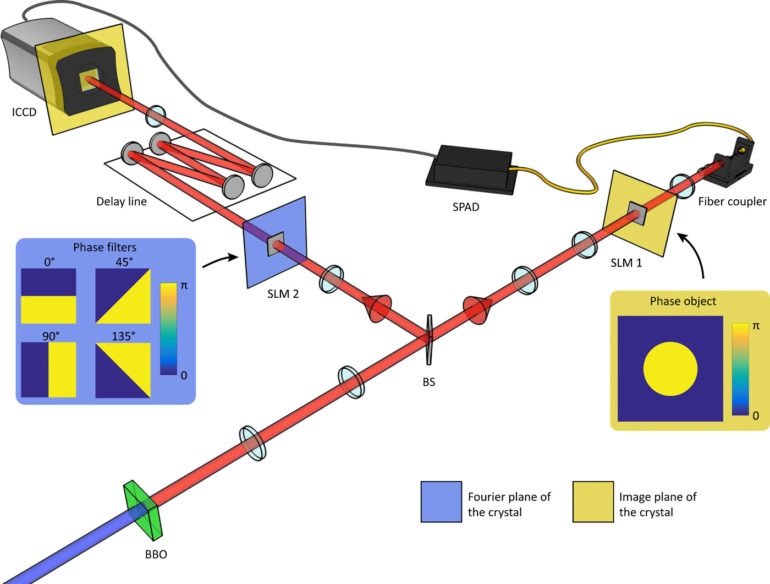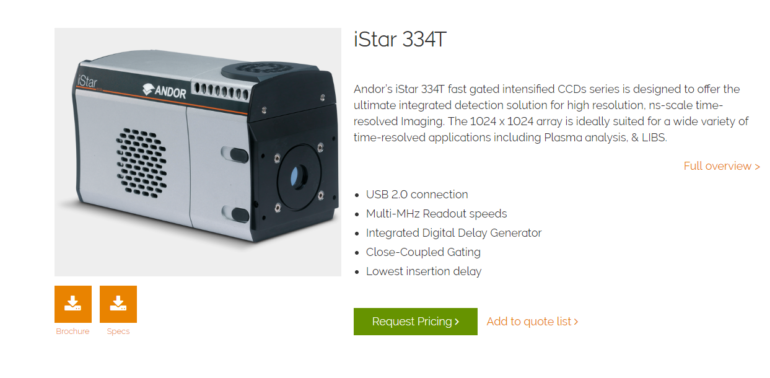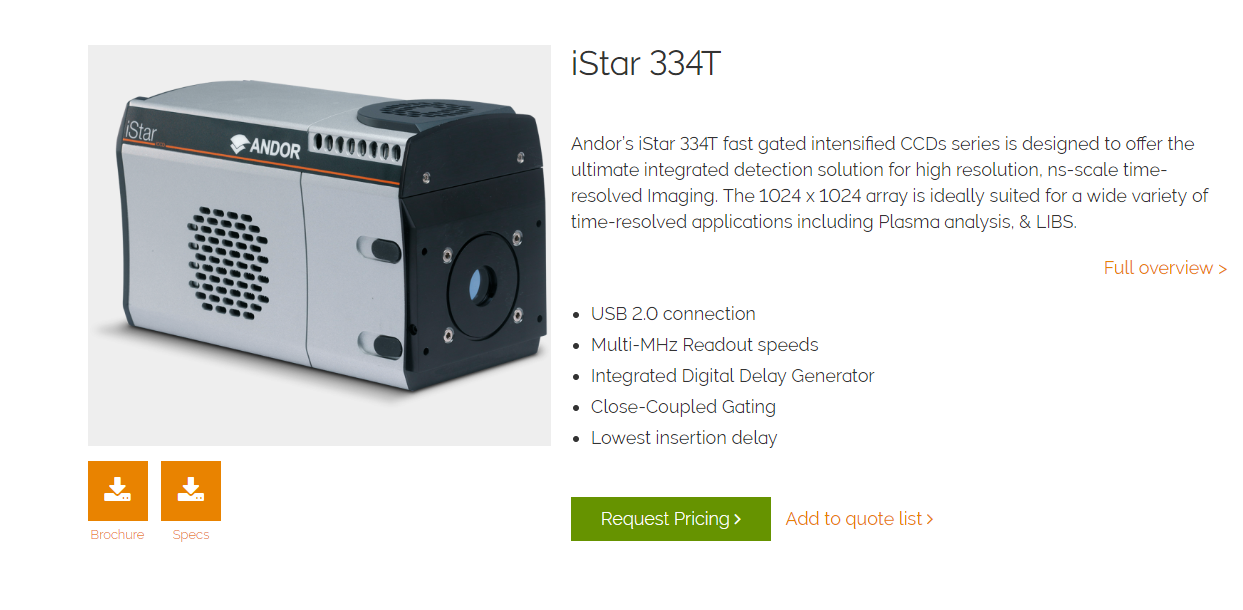The world’s first picture of Quantum Entanglement has taken the net by storm, but without an Intensified CCD camera it would not have been possible.
The world of science was taken by storm this week when scientists from the University of Glasgow released a scientific paper that showed an image of Quantum Entanglement (more specifically Bell Entanglement) taking place. While many outlets have been reporting the story, there hasn’t been much in the press about the camera that was used to capture the phenomenon. After the break, we will take a quick look at the camera that made capturing this image possible.
An article that was posted on Engadget shared the news about the scientific breakthrough. While they went into detail about the process, not much was shared in regards to the actual setup scientists at the University of Glasgow used. We reached out to Miles Padget and Paul-Antoine Moreau, two of the scientists involved with the paper, and they told us that they used an Intensified CCD camera, or ICCD for short.

The Intensified CCD camera used is the Andor iStar 334T. This is a powerful CCD camera that is capable of capturing the near impossible. A CCD (or Charged Coupled Device) is a sensor much like the CMOS sensors found in the consumer cameras we use every day. CCD sensors are used in medical and scientific settings where high-quality images and data are needed. CMOS (complementary metal-oxide-semiconductor sensors) are used in less demanding fields. However, many advantages that CCD sensors used to have have diminished somewhat in recent years.

The Andor iStar 334T Intensified CCD camera has some crazy specifications. You’ll get true optical gating of <2ns, (basically a shutter speed of one billionth of one second). The CCD offers a 100% fill factor for maximum signal collection, and burst rates of 6,667 spectra/s minimum and up to 55,250 spectra/s in continuous burst mode. Makes the 20 frames per second on the Sony a9 sound like a lame duck doesn’t it. As you can imagine, a camera like this generates a ton of heat, but you’re able to cool this puppy down to -40ºC and it will happily do its thing. You’ll also find a single humble USB 2.0 port to connect it to the supercomputer in the room. As for price; that information is a little hard to come by. We did find a used regular, non-intensified CCD from Andor selling for $19,999 on eBay. And suddenly the CMOS based cameras we use don’t seem so outrageously priced.


